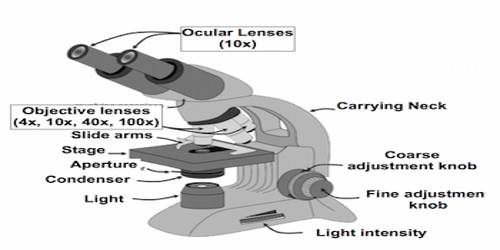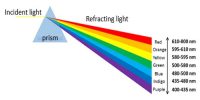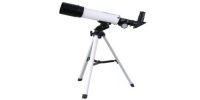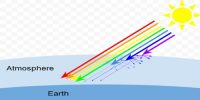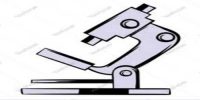Compound Microscope
The magnifying power of a simple microscope depends on the focal length of its lens. The smaller the focal length the more will be the magnifying power. But the focal length cannot be decreased to an extent. So, an extremely small object cannot be magnified as needed. For this reason, a compound microscope is used. In 1610, scientist Galileo invented the compound microscope.
So, Compound Microscope is a light microscope that has two converging lens systems: the objective and the eyepiece. By a compound microscope, an exceedingly small object can be magnified manifold. Compared to a simple microscope it is capable to magnify much more.
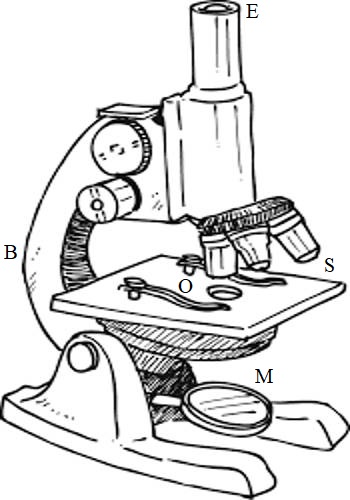
Description: A compound microscope works on the principle that when a tiny object to be magnified is placed just beyond the focus of its objective lens, a virtual, inverted and highly magnified image of the object is formed at the least distance of distinct vision from the eye held close to the eyepiece. Compound microscope consists of two convex lenses. One is an objective O and the other one is an eye-piece. E [Figure]. The objective is of short focal length and its aperture is small. It is always kept towards the object. The eye-piece is of larger focal length and is of the wider aperture. The eye-piece always remains towards the eyes of the observer. Both the lenses are co-axially fitted. The eye-piece is hard in a draw-tube which can slide within the main tube of the microscope and thus the distance between the two lenses can be varied. The main tube is attached to a rod ‘B’ and can be moved up and down by a screw R. There is a platform S to keep the object. The object to be viewed is placed on the platform near the objective and is illuminated by focusing light with the help of a concave mirror. The eye-piece is moved up and down by the screw R until a sharp magnified image of the object is absented.
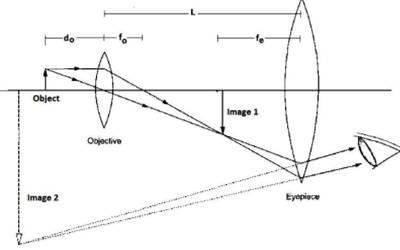
If an object is placed outside the focal length and in front of the objective, the convex lens, light rays coming from the object after refraction form a magnified image. The larger this image is the last image will be larger proportionately. Again, due to the small focal length of the eyepiece, the image formed shows manifold larger. In figure-2, the magnified image is shown.
